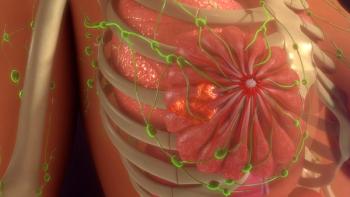
Six Points of Miscommunication Between Oncologists and Pathologists
Regardless of where you practice, good communication between you and your pathologist is the best way to ensure that correct testing is done. Here are six common points of miscommunication to watch out for.
References:
1. Janne PA. What Are We Talking About: Next-Generation Sequencing, Sanger Sequencing, etc. Presented at the 2014 American Society of Clinical Oncology (ASCO) Annual Meeting.
2. Aisner D. Tissue is the Issue: The Pathologist’s Role in Facilitating Molecular Analysis. Presented at the 2014 American Society of Clinical Oncology (ASCO) Annual Meeting.
3. Nowak JA. The Practitioner's Guide to Using Molecular Testing. Presented at the 2014 American Society of Clinical Oncology (ASCO) Annual Meeting.
Newsletter
Stay up to date on recent advances in the multidisciplinary approach to cancer.





















































































